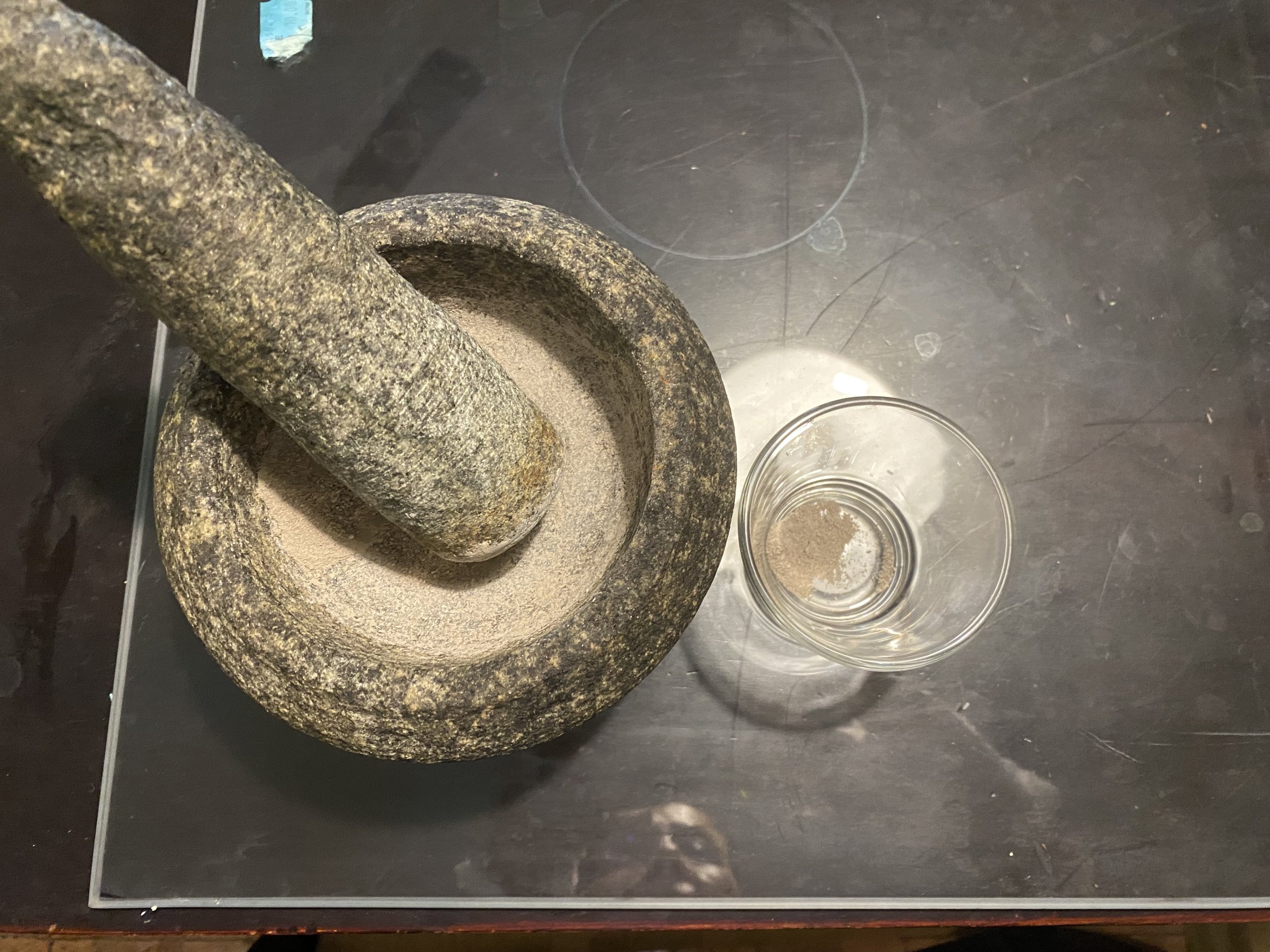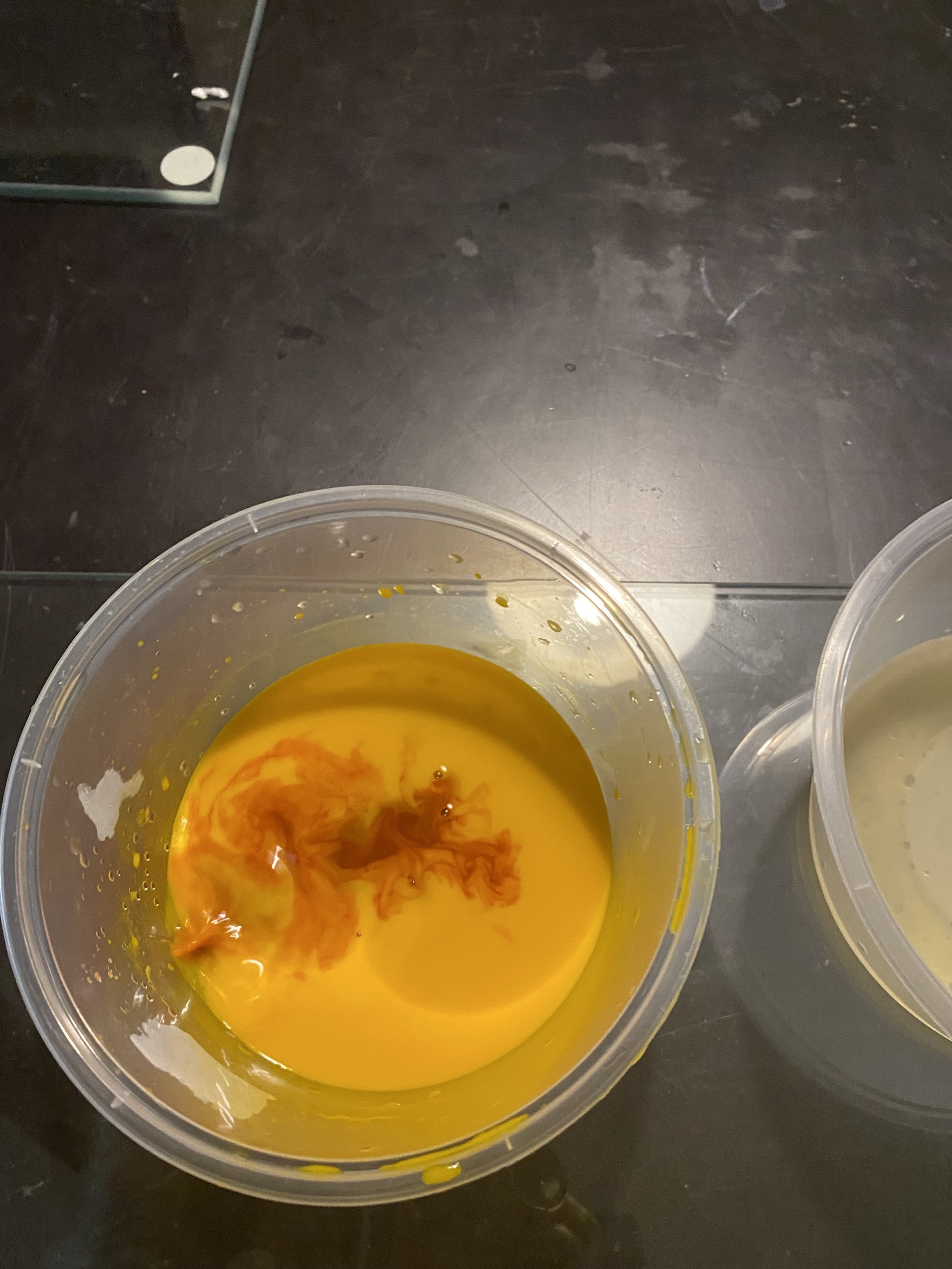PARROT GREEN (SABZ-E-ṬUṬĪ, ṬUṬAKĪ)
First Technique:
The first technique is described in two sources by an anonymous author in Resāleh-ye Ḵošnevīsīe (1120 A.H./1708 A.D.) and Resāleh Dar Bayān-e Rang Kardan-e Kāğaḏ (19th century) as follows:
کاغذی که نیلابِ بیشترکی داشته باشد و سبزه بُوَد، در زردیهٔ آبِ زردچوب بخواباند و از آنجا به طریقِ مذکور در آب لیمون، و از آنجا در آب صاف شسته، در سایه بر طناب خشک نماید
Take a paper that has a predominant indigo color and a greenish tint. Immerse it in a yellow turmeric dye, following the mentioned method. Then, dip it in lemon juice and rinse it with water. Finally, let it dry in the shade by hanging it on a rope.
Second Technique:
In the mid 16th century, the second technique is mentioned in Ādāab-al-mašq by Soltān Aḥmad Majnun Rafīqī (Mid 16th century) in a beautiful poetic form, advising on how to create parrot green dye with a mixture of šaqar and susan.
The term šaqar most probably refers to Persian berry fruit (šaqal), which is its local name in Kermānshāh, the mid-western part of Iran. Persian berries, commonly known as avignon, dyer’s or rock buckthorn (Rhamnus Persica, Rhamnus saxatilis), grow in rocky places on calcareous soils found throughout the Mediterranean. The term susan mentioned in the recipe either refers to the dye extracted from the iris flower or the paper dyed in susani color obtained from a mixture of blue and yellow, such as indigo and yellow safflower. Since the recipe specifies the mixture of two ingredients, šaqar and susan, one can assume that Rafīqī is referring to the dye extracted from Persian berry fruit (šaqar) and iris (susan).
The recipe in Ādāab-al-mašq (Mid 16th century) by Soltān Aḥmad Majnun Rafīqī reads as follows:
از همدمی شقار و سوسن شد طوطکی بوجه احسن
In company of berries and iris' grace,
Tutaki dye, a superior embrace.
Third Technique:
The third technique is mentioned in Majmuʿeh al-Ṣanāyeʿ (1005 A.H. /1596 A.D), under the name of parrot (ṭuṭī), and it is stated that the colour that will be achieved is similar to parrot green (ṭuṭakī) if the paper is coloured with a kind of copper green (zangār-e mossafā):
رنگ طوطی در آب زنگار مصفا که در اعمال زنگار است برآرند سبزی شود مانند طوطکی نرم لطیف شود و اگر زرافشان کنند نیکوتر آید
To obtain the parrot (ṭuṭī) hue, immerse the paper in the waters of mossafā copper green (zangār-e mossafā). This will yield a green akin to the parrot's vibrant shade—subtle and refined. Adding gold flakes afterward will enhance its beauty even more.
Experiment:
Begin by making a dark indigo dyebath. Dip the paper into the indigo bath to achieve dark indigo paper. Let it dry. Then, take three glass containers—one for making a turmeric dyebath, the second for a lemon juice bath, and the third for plain water. Afterwards, immerse the indigo-dyed paper that you made earlier into the yellow turmeric dyebath using the double dyebath method. Then, take out the paper and dip it in lemon juice, followed by dipping it in water to obtain parrot green. Finally, let it dry in the shade.










